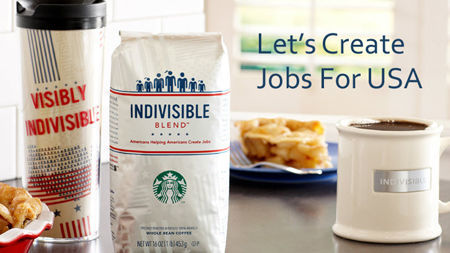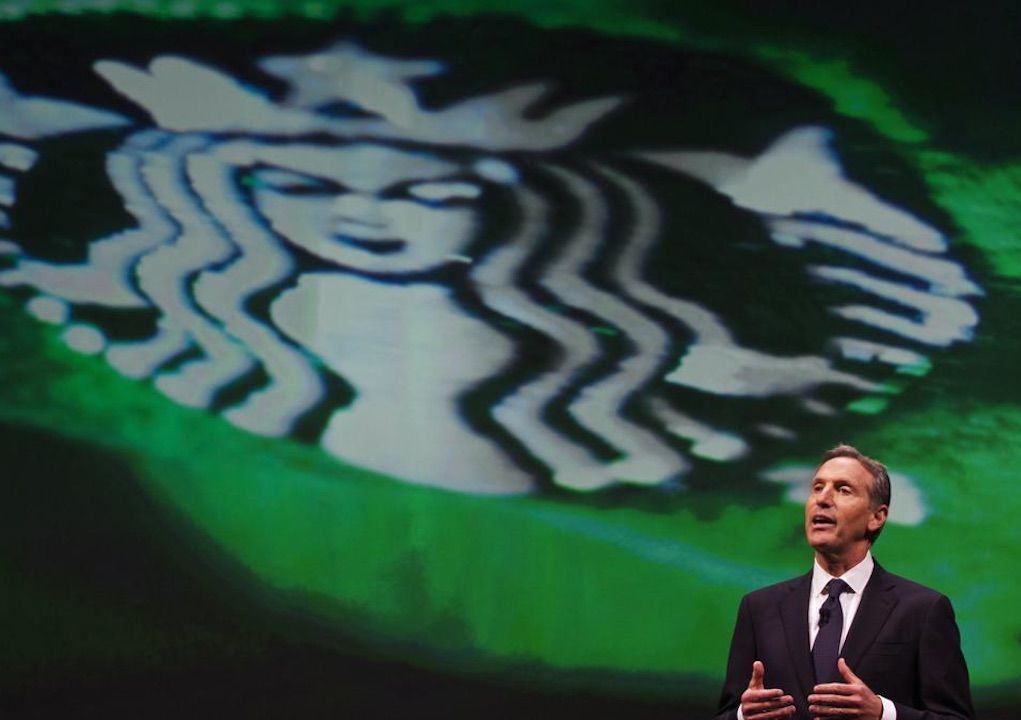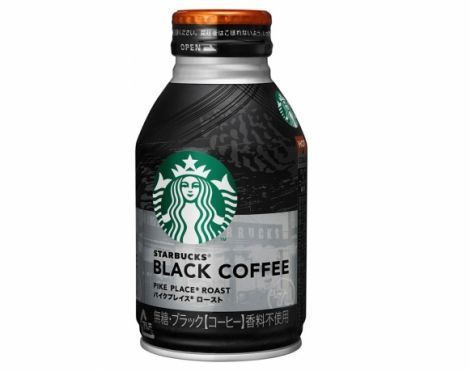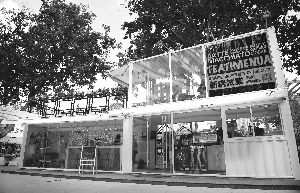Why Starbucks, which sells coffee, has a lot of views on American politics?
But when people expected CEO Howard Schultz to run for the 2016 U. S. election, his response was no.
At present, the 2016 US election is in full swing. In the Democratic Party, the former US Secretary of State Hillary Clinton is dominant, leading by at least 10 percentage points even in the race against another candidate, Jeb Bush. Among Republicans, Senator Marco Rubio of Florida, Senator Ted Cruz of Texas and Senator Rand Paul of Kentucky, Fiorina, a former chief executive of Hewlett-Packard, and billionaire real estate agent Donald Trump have announced their candidacy, and there seems to be a scuffle.
Beyond them, people are looking to another business star, Starbucks CEO Howard Schultz, who always gives his own views on social issues and does not hesitate to write in the media. Just last week, however, Schultz said in a signed article in the New York Times that he had no intention of running for president of the United States in 2016.
So, for now at least, CEO, which makes a living for its 300000 employees, is no more interested in politics than selling coffee. On the other hand, the campaign expectations of the billionaire are not groundless.
Back in 2011, in the face of vicious competition between the two parties, Schultz repeatedly called for a boycott of political donations, arguing that internal competition would ultimately consume American society. In 2012, he launched a campaign called Indivisible (indivisible) and launched a $15 coffee of the same name, of which he promised to donate $5 to the create jobs in America fund (Create Jobs for USA), which he founded in 2001.

"We can't wait for Washington to make a decision any longer. We need to let Americans know that companies can also play a role." Schultz said in an interview with CBS.
This year, Starbucks partnered with New York City Police Chief Braden on a race relations campaign called Race Together. In addition to sticking "racial unity" stickers on coffee cups, Starbucks also asked shop assistants to hand out the stickers to customers. This time, however, the media has not been friendly to Starbucks and Schultz. The media have accused Starbucks of getting involved in this serious social problem in such an easy way. But Schultz himself doesn't seem to mind. Inside Starbucks, he held dozens of seminars, large and small, inviting employees at all levels to open up about their experiences of racial discrimination. Whether or not to be appreciated is not important, what is important is to arouse people's attention and discussion on race issues.
Starbucks' attention to American politics and society may be more of Schultz's personal will, and his Starbucks is considered to be a responsible catering company while realizing his personal wishes.
In 2008, the United States was mired in a subprime crisis, and Starbucks was having a hard time. On the one hand, its performance fell because it blindly pursued the number of stores and belittled management. In the fourth quarter of 2008, the company's net profit plunged 97% and its share price fell 40%. On the other hand, 7-11, McDonald's and Taco Bell also competed directly with it by enriching its coffee product line. At this time, Schultz, who has been chairman since 2000, returned to the position of CEO, and after taking office, Schultz closed 600 stores with 20% of Starbucks stores at that time. In the third quarter of 2009, Starbucks saw earnings growth.
But even then, Starbucks did something to help social development. After 2008, it opened a loan service for small businesses, relying on the Starbucks Foundation Starbucks Foundation and customer funding established in 1997 as a cash flow. In 2009, Starbucks joined the 401k pension plan, which matches the amount of America's most popular 401k pension savings plan, becoming one of many companies that have increased their contribution to pensions.
In the past 1-2 years, Starbucks has invested more frequently in social construction under the support of good performance. In 2014, it donated $30 million to veterans through the Starbucks Foundation, and Schultz co-authored For Love of Country, a book about veterans, with Rajiv Chandrasekaran, a former Washington Post correspondent in Iraq. After that, it launched the decade-long Starbucks University Program (Starbucks College Achievement Plan), which subsidizes tuition fees for employees to support them in getting their degrees. This year, Starbucks contacted several American companies to provide 100000 jobs for ethnic minorities between the ages of 16 and 24. Schultz promised that Starbucks would hire 10, 000 young people who neither go to school nor work, and open stores in poor neighborhoods such as Ferguson, Missouri.
As a listed company, Starbucks is accountable to Wall Street, and a good corporate image has timely helped it build a good brand and lay a long-term investment. Behind this, in fact, to a large extent, it has something to do with Schultz's personal experience.
Born in 1953 in a public house in Brooklyn, New York, Schultz was the only one in the family to go to college. After the baptism of hard life in his youth, Schultz has a more practical understanding of the life of ordinary people working at the bottom.

From a regional manager of Hamapras department store who went to Starbucks to promote dripping coffee pots, to job-hopping Starbucks, from leaving the company to leading Starbucks, and rescuing it from the quagmire of 2008. Schultz's personal experience has been given a lot of inspirational names.
Around Independence Day in 2012, Schultz also published an open letter calling himself the American Dream. Of course, there are a lot of elements to promote public relations, a good brand image is a vital part of the success of a company, this truth is self-evident. But there is no denying that Schultz's experience is real and concrete, and these experiences have made Starbucks what it is today.
By 2014, Starbucks had 11962 stores in the United States, more than 9404 in other markets around the world. In terms of revenue, it maintained global market growth of more than 6 per cent in the fourth quarter of 2014. In the third quarter of fiscal 2015, it achieved its best quarter in 23 years.
"although we have built an excellent brand and used it to provide health care, education and equity support to employees, including part-time employees, as a public company, we can do more." Schultz clarified his refusal to run in the New York Times.
In fact, looking back from business to politics, it contains more power to some extent than a person who talks about politics. Schultz is not in the White House now, but there is no denying that what it is leading Starbucks today may become a potential political capital in the future.
The picture is from tcf.
Important Notice :
前街咖啡 FrontStreet Coffee has moved to new addredd:
FrontStreet Coffee Address: 315,Donghua East Road,GuangZhou
Tel:020 38364473
- Prev

Starbucks in Japan promotes black coffee and sells it all the way to convenience stores.
This is the product of a partnership with Suntory. If you travel to Japan now, you may see a bottled drink called Starbucks Black Coffee on the convenience store container. It is not a fake, but a new partnership between Starbucks Japan and local company Suntory. Although Starbucks, which entered the Japanese market as early as 20 years ago, launched 10 years ago.
- Next

Container becomes cafe after 90 designers really know how to play
Three containers have been transformed into campus fashion cafes. Who would have thought that Nanyi afternoon tea is a cafe transformed from containers. The cafe also sells various whimsical campus cultural creative products? Have you moved to the bottom of the dormitory? Good cool, after class you can go to the bar and read at the same time. After the beginning of the new semester, many students of Nanjing Art Institute found that they were in the creative cultural district of the school.
Related
- Why are the coffee in some coffee shops not enough after being frozen? What should I make up for my American latte cappuccino coffee after being frozen?
- How much water does it take to steam coffee by hand? Why is the coffee brewing and steaming time 30 seconds? What is the purpose of steaming coffee?
- The suspected drink contains too much caffeine! Overlord Tea Lady responds urgently!
- Starbucks rejects antique paper coupons?! Netizen: Missed marketing opportunities!
- What ratio of water temperature and ground does the smart cup method use to press coffee? The difference between brewed coffee and filtered coffee?
- What is the standard process for the purpose of coffee cup testing? What is the difference between hand-brewed coffee and cup testing?
- How to use hand-brewed coffee paragon small golden balls? How does cold coffee lock in the aroma of coffee?
- Is American coffee black? What is the difference between American coffee and drip coffee?
- Unexpected! Well-known tea beverage brand Lele Tea will withdraw from the Zhengzhou market!
- Starbucks enters the fashion and beauty industry?! Netizen: Give me an ice American eye cream

